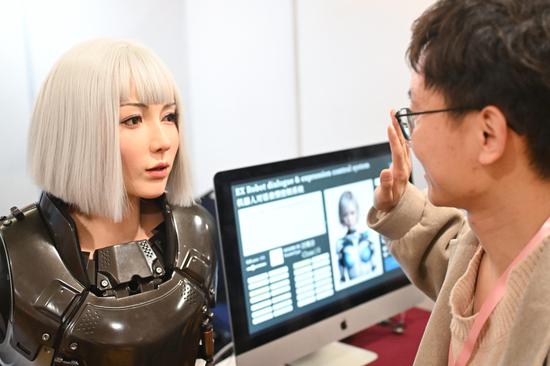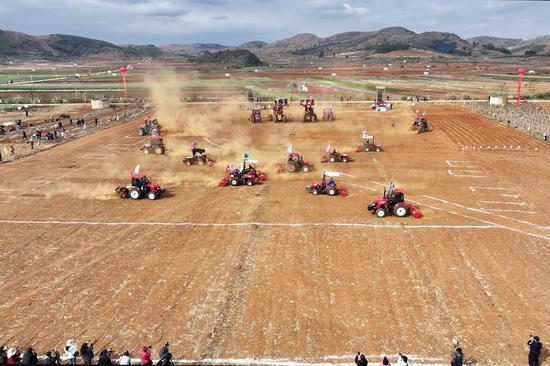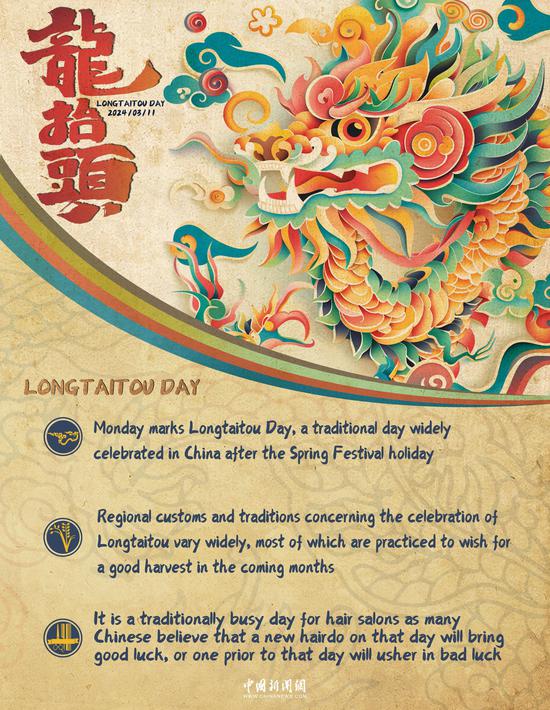A fish bone stuck in the throat is a common cause for emergency department referrals or visits to clinics in Asian countries, including China. However, researchers at a university in Wuhan, Hubei province, have recently announced that they have cultivated a new variety of grass carp without intermuscular bones.
The grass carp is a popular freshwater fish in Asia that is steamed or grilled for its delicious, tender meat, but its many tiny bones can easily get lodged in the upper digestive tract when the fish is eaten.
A Huazhong Agricultural University research team led by Professor Gao Zexia, who heads the molecular breeding laboratory at the university's Fisheries College, has remedied the situation by cultivating a "boneless" variety of the fish.
An adult grass carp normally has more than 100 intermuscular bones. In comparison, the new variety has no intermuscular bones, but only a vertebra and rib spines, according to a university news release issued recently.
The intermuscular bones, which are actually ossified tendons in the muscle diaphragm, are usually thin and pointed. The world's major farmed fish species all have intermuscular bones, especially large freshwater fish such as the grass carp, silver crucian carp and bream, which are mainly cultivated in China.
The low cost of breeding the herbivorous grass carp, coupled with its high nutritional value, has made it the most cultivated fish in China over the years. In 2022, the annual grass carp production in China reached 6 million metric tons, accounting for one-fifth of the country's freshwater fish production.
However, the many tiny bones have long been a setback for the freshwater delicacy.
Li Mingcheng, a student at the university's College of Food Science and Technology, who has tasted the boneless variety, said the meat is more tender. The new variety also doesn't compromise the nutritional value of the fish, according to the research team.
Gao, the Fisheries College professor, has been dedicated to the research of cultivating fish without intermuscular bones since 2012, when she got her PhD from the university. After more than 10 years of effort, Gao and her team identified the key gene to control the growth of intermuscular bones in fish, and developed the first boneless bream in 2022.
According to Gao, it usually takes two to three generations to develop a 100 percent boneless breed. Through constant screening, only the boneless individuals are used for breeding the next generation.
Gao said her motivation is simple: "No tiny bones, no worries when eating fish."


















































 京公网安备 11010202009201号
京公网安备 11010202009201号